Graphene is always raising high expectations, as a strong, ultrathin, two-dimensional material that could also be the basis for new information technology components.
Characterization of graphene devices is in high demand. Raman spectroscopy can be used to do this. Laser light is directed at the material sample, and scattered photons provide information about the rotations and vibrations of the molecules therein, as well as the crystal structure.
On average, only around 1 in 10 million photons is scattered in this way. This not only makes it hard to detect the right information, but it is also very slow: it may take half a second to image one single pixel. The question is if Raman still remains the best option, or if there are better alternatives. University of Twente (UT) researchers Sachin Nair and Jun Gao keep Raman spectroscopy as a starting point, but manage to improve the speed drastically: not by changing the technique itself, but by adding an algorithm.
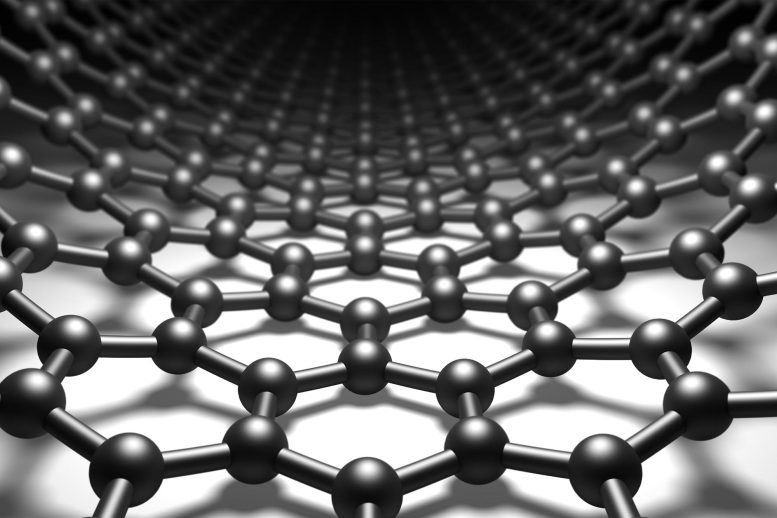
Graphene is a carbon allotrope composed of a single layer of atoms organized in a two-dimensional honeycomb lattice nanostructure. Each atom in a graphene sheet is connected to its three nearest neighbors by a σ-bond, and contributes one electron to a conduction band that spans the entire sheet.
Noise reduction
This algorithm is not unknown in the world of signal processing and it is called Principal Component Analysis. It is used to improve the signal-to-noise ratio. PCA determines the characteristics of noise and those of the ‘real’ signal. The larger the dataset, the more reliable this recognition is, and the clearer the actual signal can be distinguished. Apart from that, modern Raman instruments have a detector called electron-multiplying charge-coupled device (EMCCD) that improves the signal-to-noise-ratio. The net result of this work is that processing one pixel doesn’t take half a second, but only 10 milliseconds or less. Mapping a single sample doesn’t take hours anymore. An important feature for vulnerable materials like graphene oxide is that the intensity of the laser can be lowered two or three orders of magnitude. These are major steps ahead for getting a fast grip on the materials’ properties.
Multi-purpose
Except for graphene, the improved Raman technique can also be used for other two dimensional materials like germanene, silicene, molybdenum disulfide, tungsten disulfide, and boron nitride. Use of the algorithm is not limited to Raman spectroscopy; techniques like Atomic Force Microscopy and other hyperspectral techniques could also benefit from it.
The research has been done in the group Physics of Complex Fluids of Prof Frieder Mugele, part of UT’s MESA+ Institute. The researchers collaborated with the Medical Cell BioPhysics group and the Physics of Interfaces and Nanomaterials group, both of the University of Twente as well.
Reference: “Algorithm-improved high speed and non-invasive confocal Raman imaging of two-dimensional materials ” by Sachin Nair, Jun Gao, Qirong Yao, Michael H G Duits, Cees Otto and Frieder Mugele, 13 November 2019, National Science Review.
DOI: 10.1093/nsr/nwz177

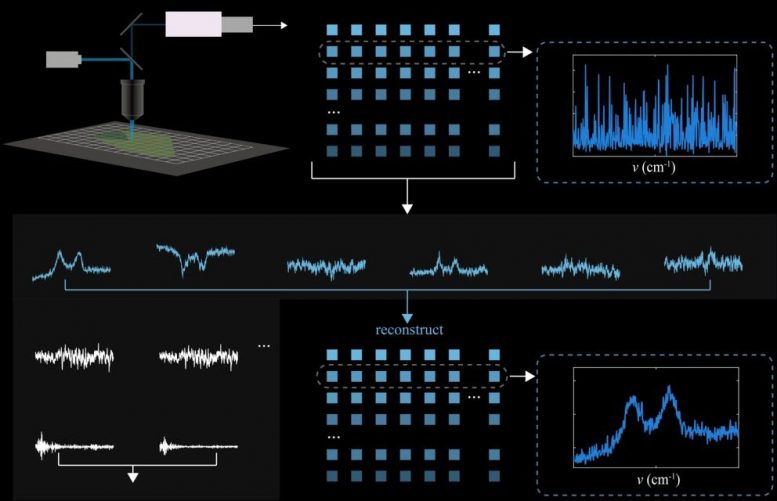



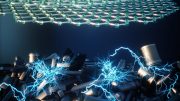
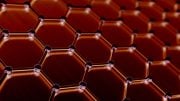
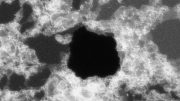
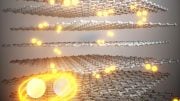
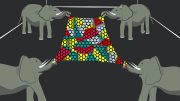
Be the first to comment on "Noise Reduction Algorithm Speeds Graphene Mapping 50 Times Faster"